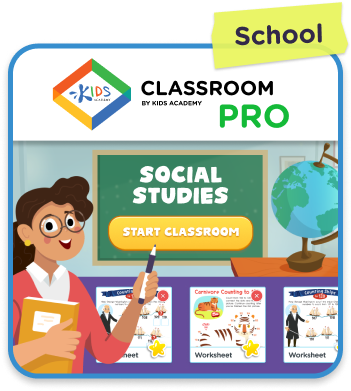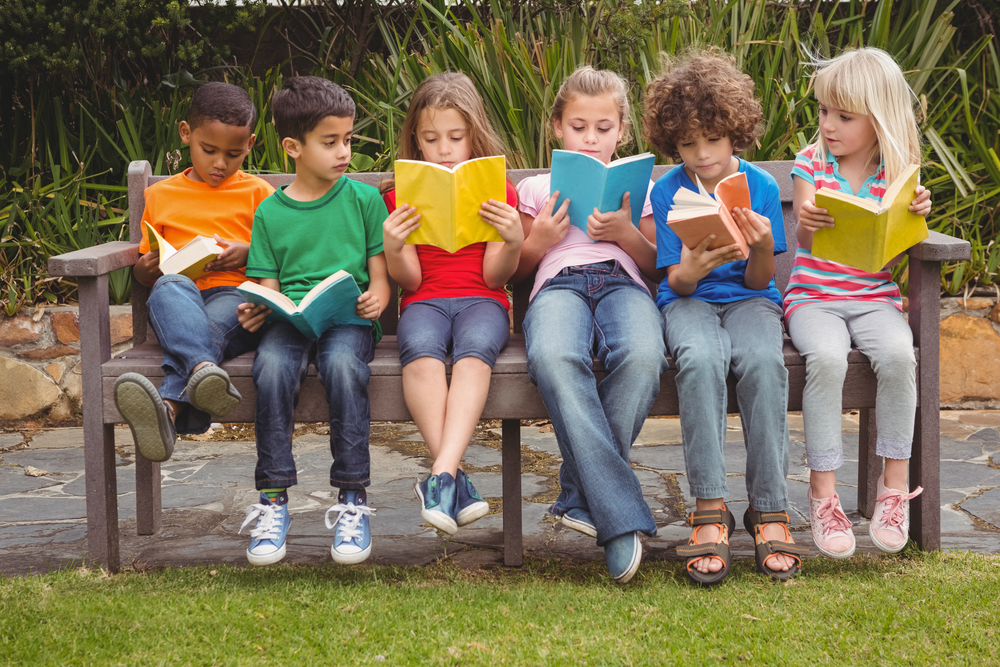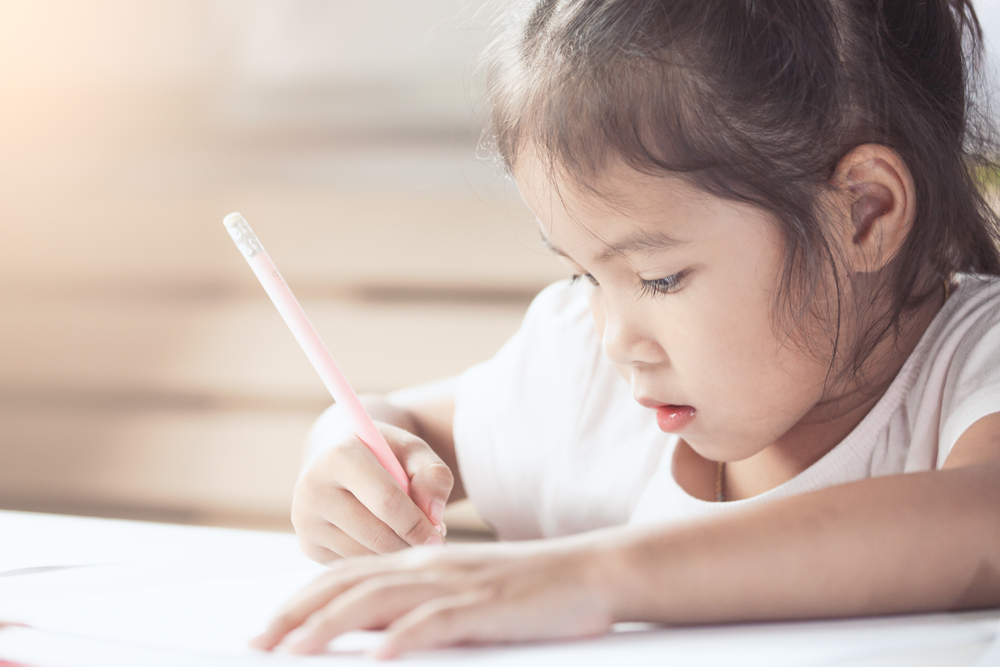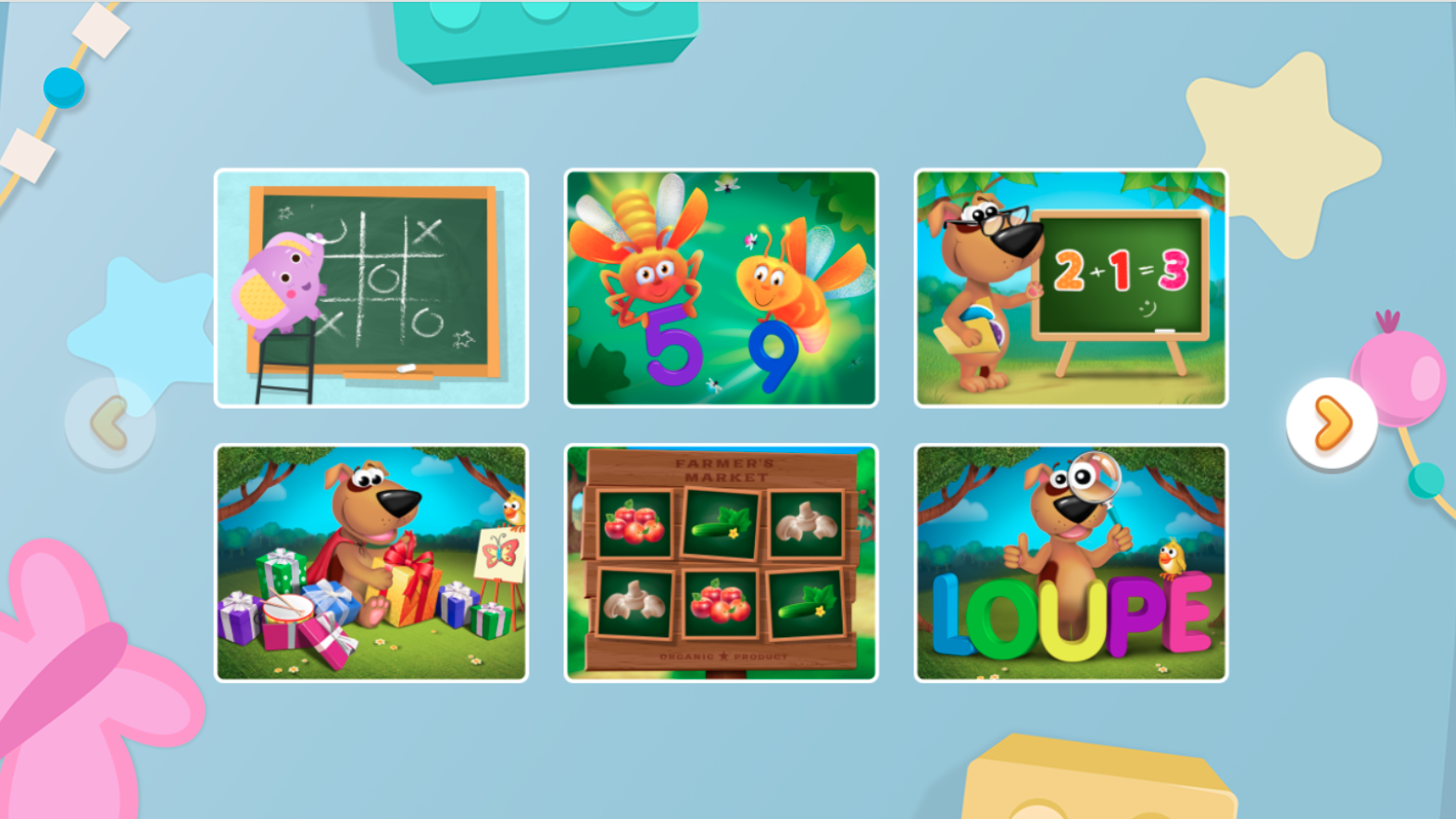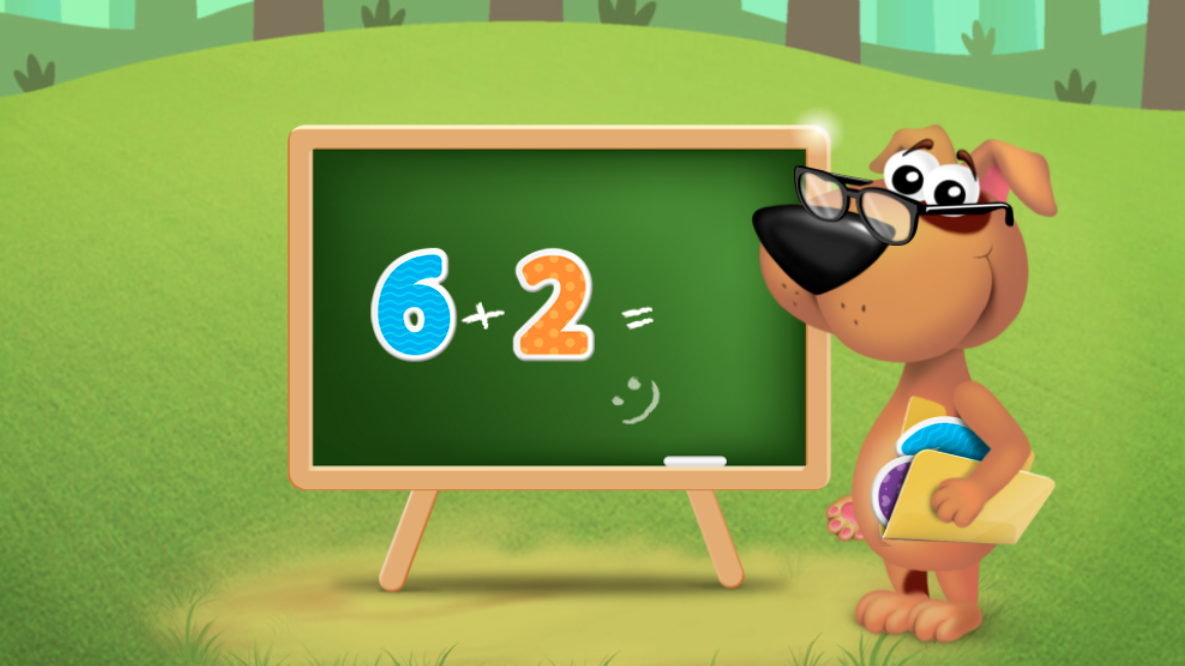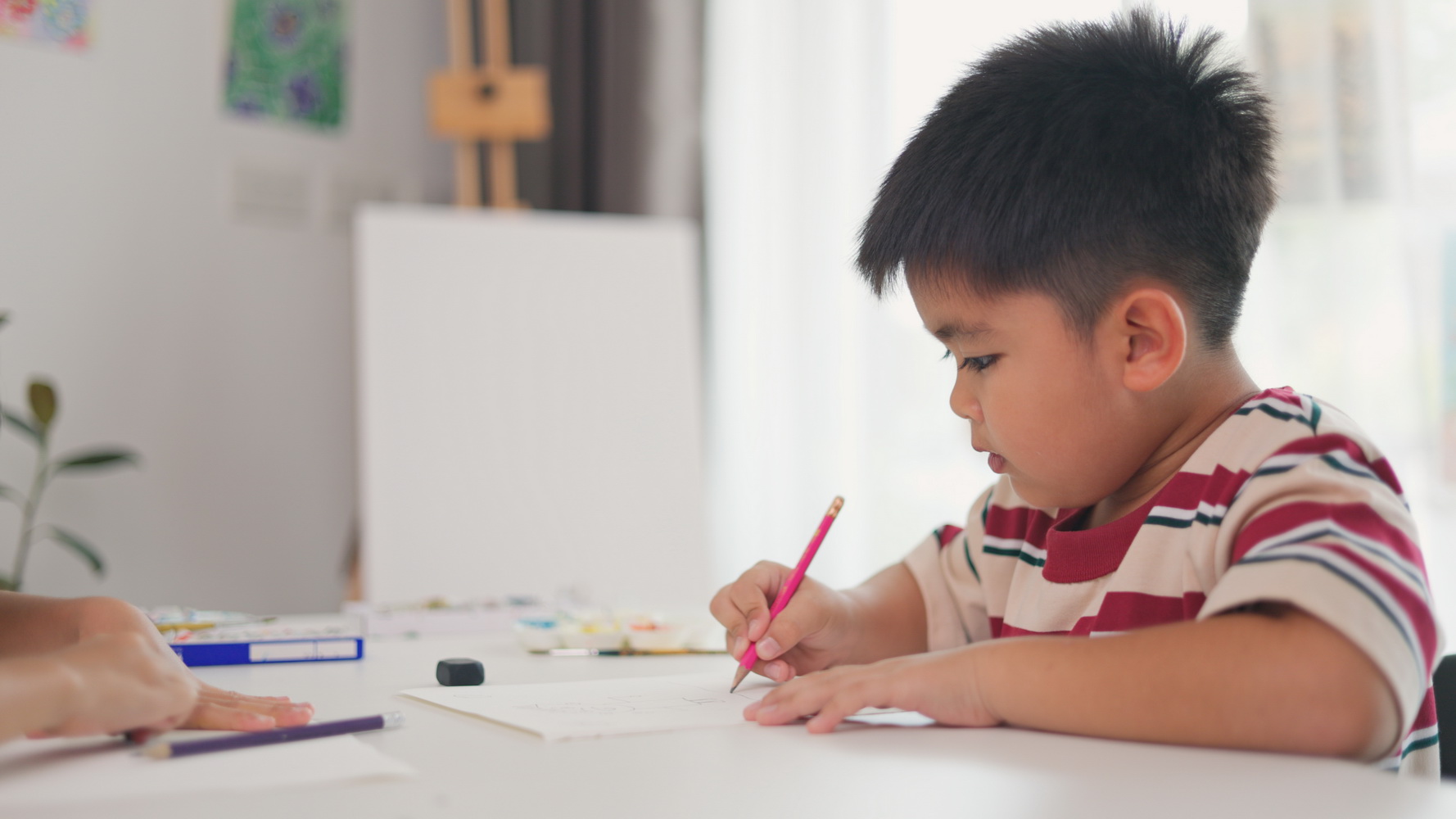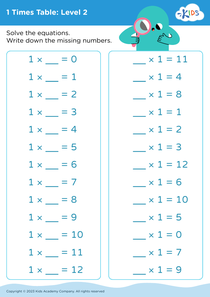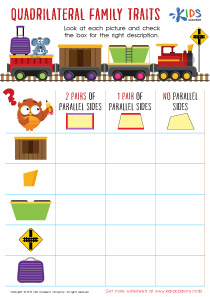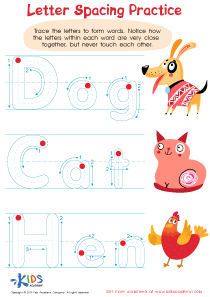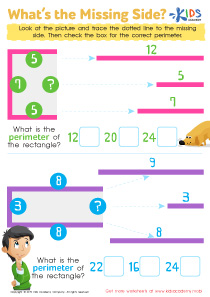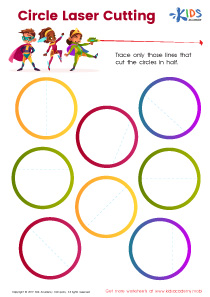Shape Recognition Normal Tracing Shapes Worksheets for Ages 6-9
5 filtered results
-
From - To
Discover our "Shape Recognition Normal Tracing Shapes Worksheets" designed for children aged 6-9. These engaging worksheets enhance visual-spatial skills and support early math development through fun, hands-on activities. Kids will learn to identify and trace a variety of shapes, including circles, squares, triangles, and more. This interactive approach not only makes learning enjoyable but also helps improve fine motor skills essential for writing. Ideal for home or classroom use, these worksheets foster independent learning and boost confidence in young learners. Download now to inspire your child’s journey into the world of shapes and creativity!
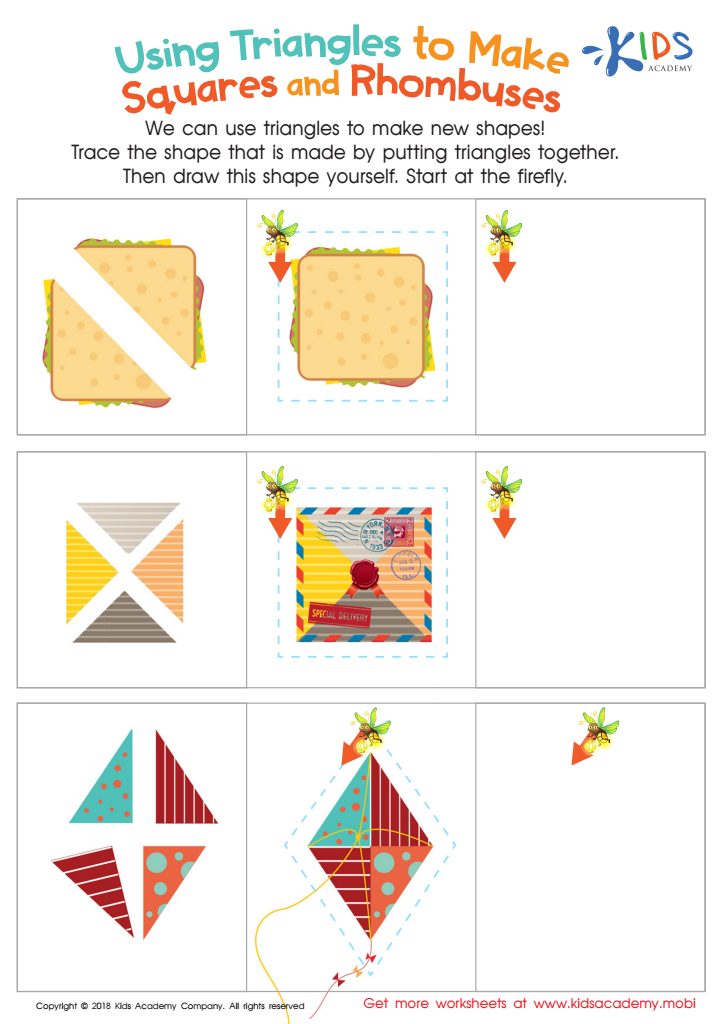

Using Triangles to Make Squares and Rhombuses Worksheet
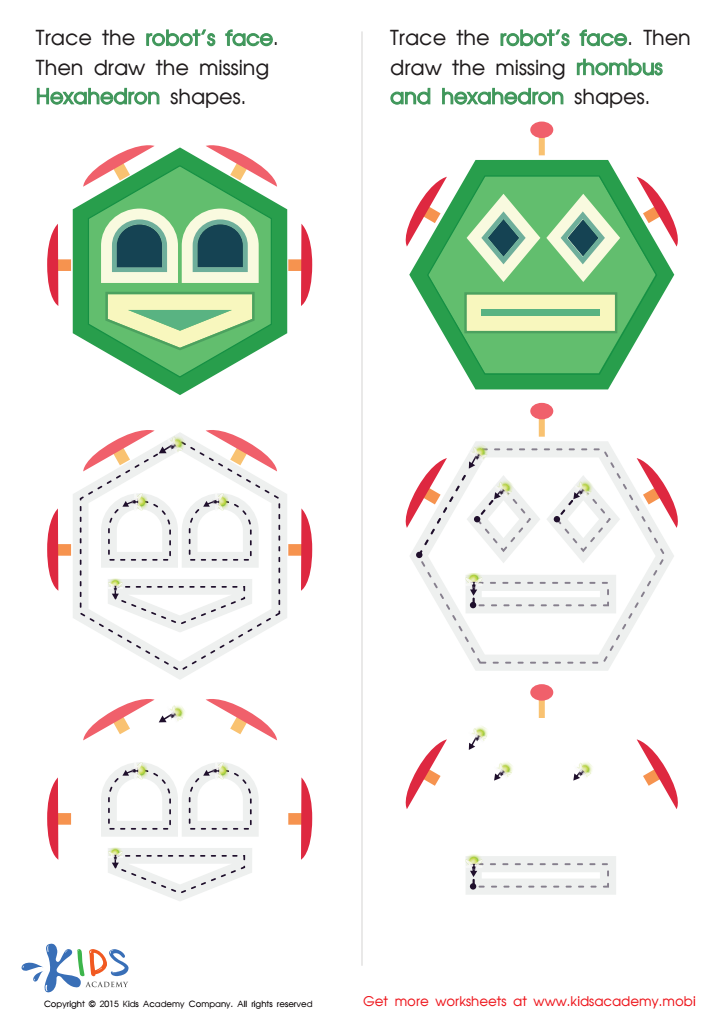

Practice Drawing Hexahedrons And a Rhombus Worksheet
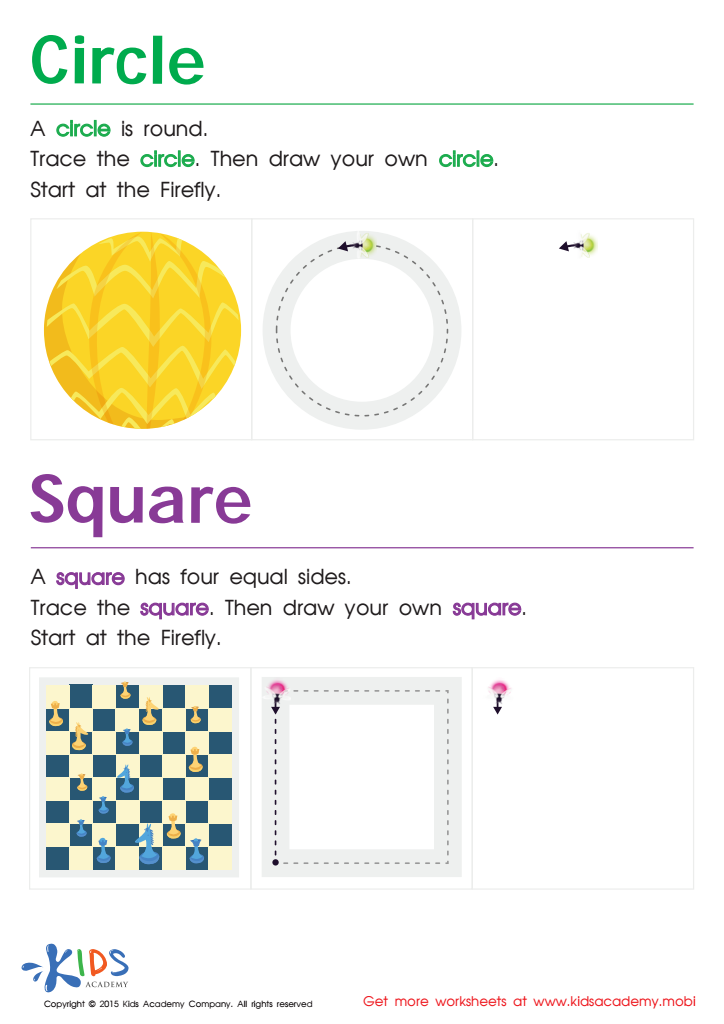

Trace And Draw a Circle And a Square Worksheet
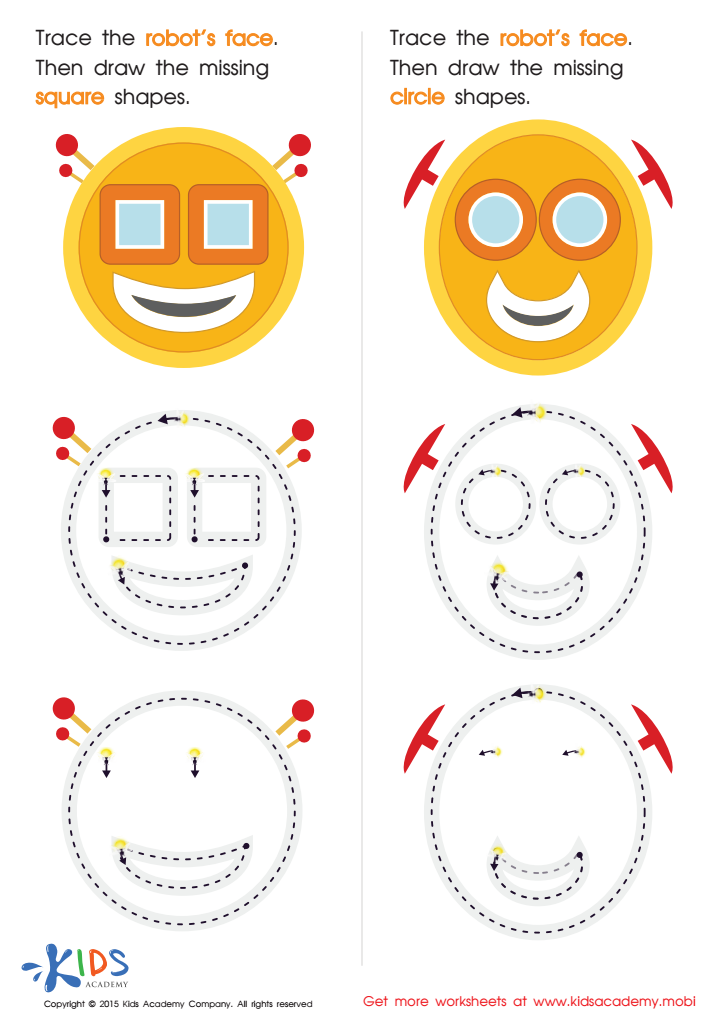

Practicing to Draw Circles And Squares Printable
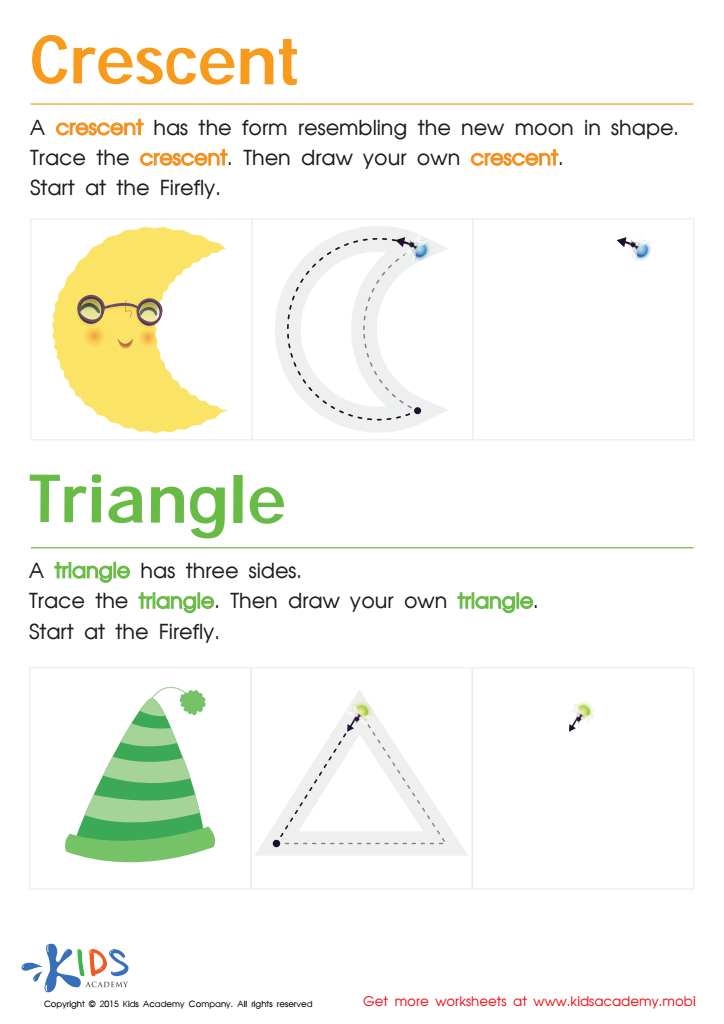

Learning to Draw Crescents And Triangles Worksheet
Shape recognition and tracing activities are essential for children aged 6-9 as they form a foundational skill set pivotal to their cognitive development and learning process. Engaging in shape recognition helps children identify and categorize objects in their environment, enhancing their visual perception and observational skills. This ability is crucial for various subjects, including math, where recognizing shapes leads to understanding geometrical concepts and spatial reasoning.
Tracing shapes, on the other hand, fosters fine motor skills that are critical for writing, drawing, and other dexterous tasks. As children manipulate pencils or crayons to trace shapes, they develop hand-eye coordination and strengthen the small muscles in their hands, paving the way for effective hand control in future tasks.
Moreover, these activities encourage creativity and problem-solving as children experiment with different shapes and their combinations, laying the groundwork for more complex concepts later. For parents and teachers, promoting shape recognition and tracing can also be a fun, interactive experience that facilitates bonding, making learning enjoyable.
Overall, nurturing shape recognition and tracing skills is fundamental in preparing children for future academic challenges and lifelong learning, fostering an early love for exploration and critical thinking.

 Assign to My Students
Assign to My Students
